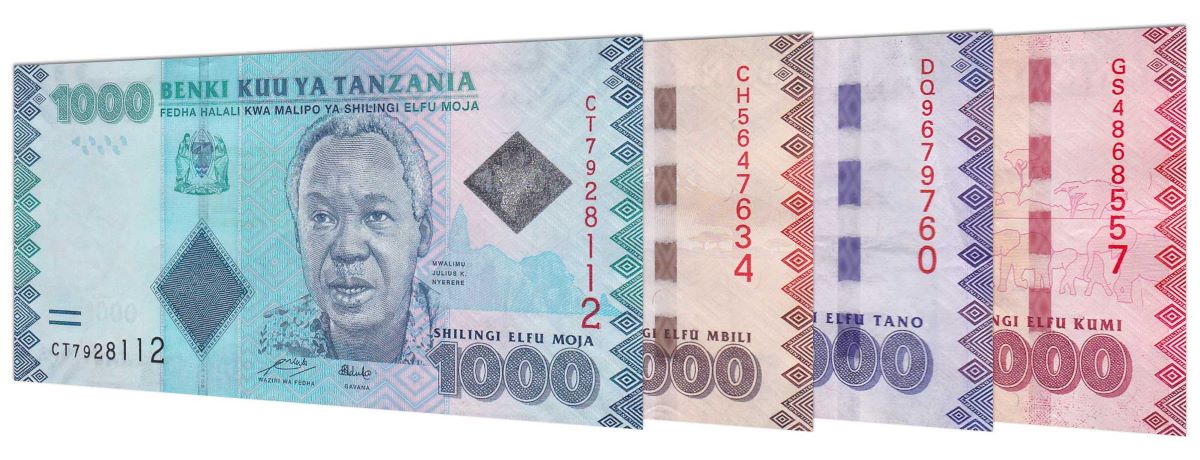
In March 2025, the Tanzania Shilling showed signs of short-term depreciation, yet maintained overall stability, supported by effective interventions from the Bank of Tanzania. The average exchange rate weakened to TZS 2,650.24 per USD from TZS 2,492.05 in February 2025, reflecting a 6.3% monthly depreciation and an annual depreciation of 3.4%. To manage this pressure, the central bank sold USD 62.3 million in the foreign exchange market, up sharply from USD 24.4 million in the previous month. Meanwhile, gross official reserves rose to USD 5.7 billion, enough to cover 4.6 months of imports, exceeding both the national (4.0 months) and EAC (4.5 months) benchmarks. Despite currency pressures, inflation remained contained at 5.1%, staying within the national target and highlighting the strength of macroeconomic policy coordination.
Exchange Rate Trends
Foreign Exchange Market Interventions
Foreign Exchange Reserves
Inflation Context
Interpretation
The Tanzania Shilling has experienced moderate depreciation against the US dollar, but this has been effectively managed by the Bank of Tanzania through:
| Indicator | March 2024 | February 2025 | March 2025 | Change/Trend |
| Exchange Rate (TZS/USD) | ~2,563.50* | 2,492.05 | 2,650.24 | Depreciation of ~6.3% MoM, 3.4% YoY |
| Bank of Tanzania Forex Sale (USD) | 86.8 million | 24.4 million | 62.3 million | ↑ Intervention to stabilize shilling |
| Total IFEM Transactions (USD) | 86.8 million | 24.4 million | 70.1 million | Recovering from February low |
| Gross Official Reserves (USD) | 5,327.1 million | — | 5,693.2 million | Enough to cover 4.6 months of imports |
| Import Cover (Months) | 4.4 (est.) | — | 4.6 | Above national (4.0) and EAC (4.5) benchmarks |
| Headline Inflation (Year-on-Year) | 4.9% | 4.8% | 5.1% | Remains within national target (≤5%) |
*Approximate value based on annual depreciation rate.
MoM = Month-on-Month, YoY = Year-on-Year.
This table shows that despite some pressure on the shilling, monetary policy measures and foreign reserves have helped maintain its overall stability in the short term.
1. Moderate Depreciation, But Under Control
2. Effective Central Bank Intervention
3. Strong Foreign Reserves Support Stability
4. Stable Inflation Despite FX Pressure
The Tanzania Shilling faced short-term depreciation pressures in March 2025, but remained broadly stable due to effective central bank action, healthy foreign reserves, and contained inflation. This reflects a resilient and well-managed financial system, capable of absorbing external shocks while supporting economic stability.